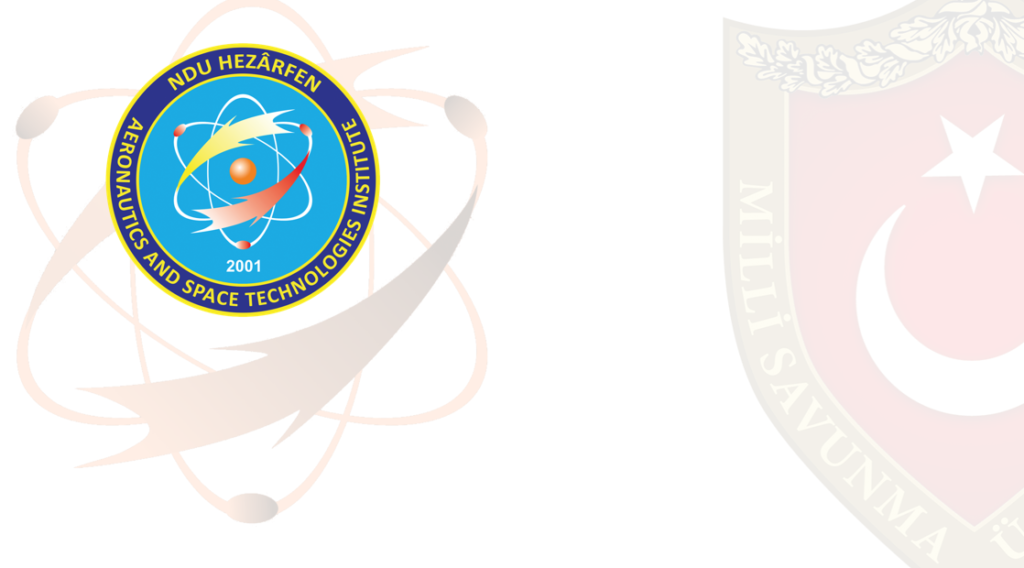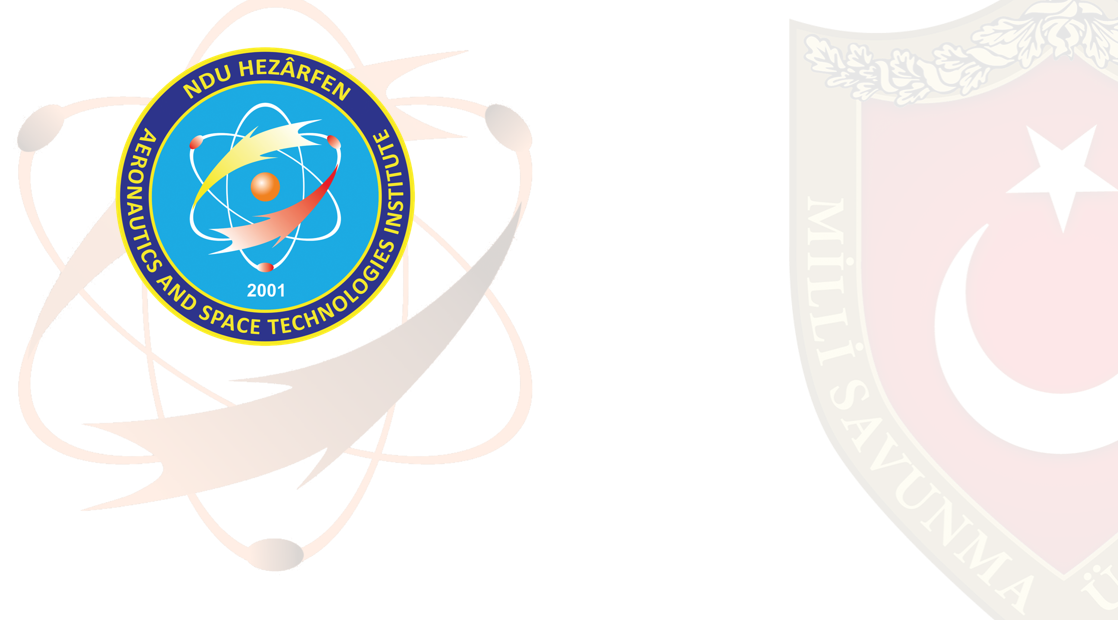ABOUT
BIO
ABOUT ME
HOBBIES
INTERESTS
Lorem ipsum dolor sit amet, consectetur adipiscingVivam sit amet ligula non lectus cursus egestas. Cras erat lorem, fringilla quis sagittis in, sagittis inNam leo tortor Nam leo.Lorem ipsum dolor sit amet, consectetur adipiscingVivam sit amet ligula non lectus cursus egestas. Cras erat lorem, fringilla quis sagittis in, sagittis inNam leo tortor Nam leo.Lorem ipsum .
Lorem ipsum dolor sit amet, consectetur adipiscingVivam sit amet ligula non lectus cursus egestas. Cras erat lorem, fringilla quis sagittis in, sagittis inNam leo tortor Nam leo.Lorem ipsum dolor sit amet, consectetur adipiscingVivam sit amet ligula non .
FACTS
FACTS ABOUT ME
Lorem ipsum dolor sit amet, consectetur adipiscingVivam sit amet ligula non lectus cursus egestas. Cras erat lorem, fringilla quis sagittis in, sagittis inNam leo tortor Nam leo.Lorem ipsum dolor sit amet, consectetur adipiscingVivam sit amet ligula non lectus cursus egestas. Cras erat lorem, fringilla quis sagittis in, sagittis inNam leo tortor Nam leo.Lorem ipsum .
Lorem ipsum dolor sit amet, consectetur adipiscingVivam sit amet ligula non lectus cursus egestas. Cras erat lorem, fringilla quis sagittis in, sagittis inNam leo tortor Nam leo.Lorem ipsum dolor sit amet, consectetur adipiscingVivam sit amet ligula non .


